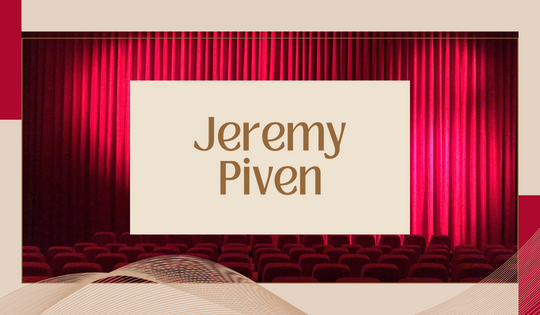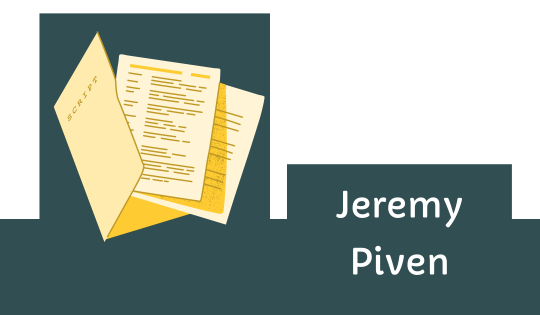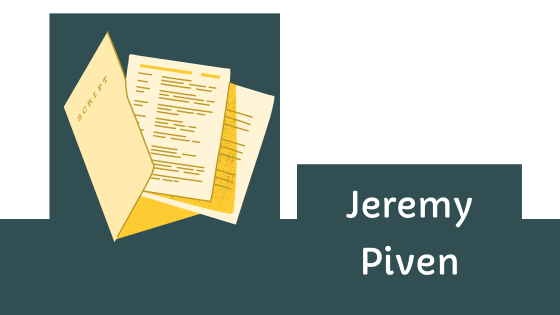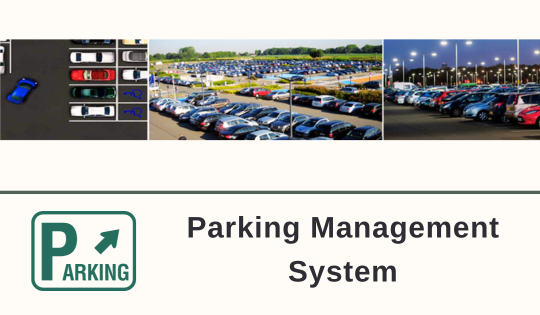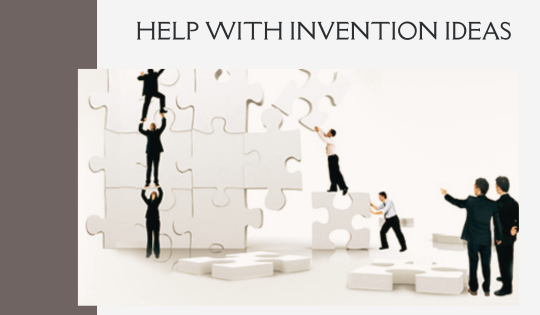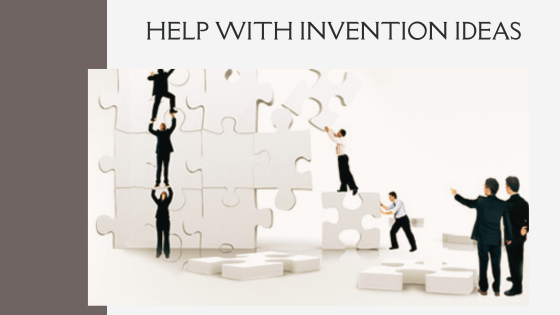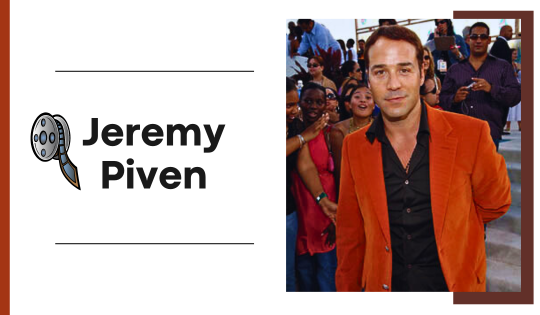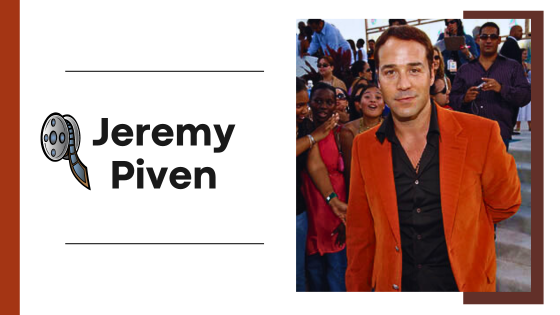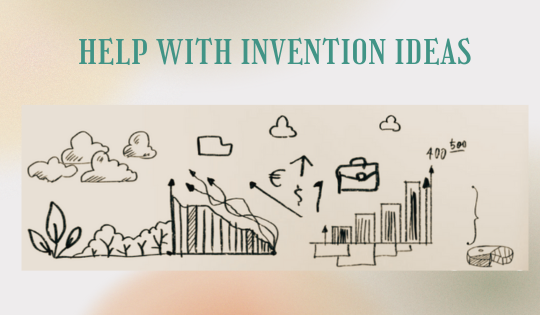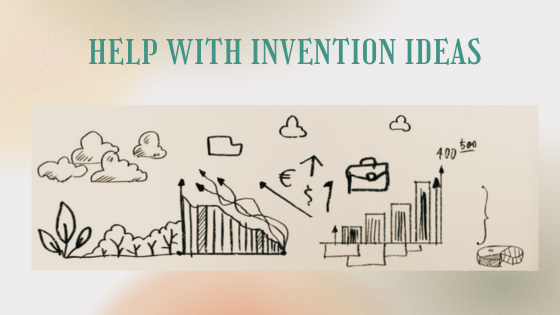The Influence of Theatre on Jeremy Piven’s Career
Growing up in a family of actors and theatre directors, Jeremy Piven’s interest in acting was cultivated from a young age. His parents, Joyce and Byrne Piven, were both prominent figures in the Chicago theatre scene, founding the esteemed Piven Theatre Workshop. His growing years were spent in an environment of creativity, craft, and performance. This background laid a robust foundation for Piven who started his acting journey on Chicago’s dynamic theater stages before transitioning to television and film.
Honing His Skills – A Chicago Theatre Gem
Piven’s theatre career was richly diverse – from classical roles to contemporary ones. Early in his career, he starred in ‘The Sea Horse’, earning a Joseph Jefferson Award for his compelling performance. Whether it was Chekhov’s ‘The Three Sisters’ or plays from the modern repertoire, Piven pulled off each role with a characteristic conviction and charisma. This period of intense theatre work played a vital role in refining his acting skills, preparing him for the demanding world of Hollywood.
An Influential Training Ground
The Piven Theatre Workshop, an institution devoted to preserving the Meisner technique of acting, was Piven’s training ground. This technique, known for its emphasis on “living truthfully under imaginary circumstances”, encourages actors to react instinctively to their environment and their co-actors. This approach played a significant role in shaping Piven’s organic acting style. His performances often stand out for their authenticity and ability to bring characters to life with remarkable candor and intensity.
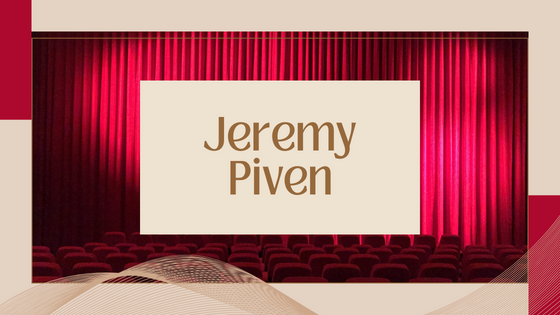
From Stage to Screen – The Influence on Screen Roles
The influence of Piven’s theater background is noticeably evident in his screen roles. His charismatic portrayal of Ari Gold in ‘Entourage’, for instance, is marked by his ability to project the larger-than-life personality of his character with vigorous intensity – something very reminiscent of his theatrical roots.
Piven’s command over his voice, his physicality, and his grounded presence contribute to his unforgettable performances and can be attributed to his rigorous theatre training. Whether it was his role as Spence Kovak in ‘Ellen’, the charmingly pompous retailer Harry Selfridge in ‘Mr. Selfridge’, or even his stand-up comedy gigs, every performance he gives seems to bear the stamp of his theatre background.
Theatre’s Lasting Impact
Jeremy Piven stands as an actor who understands the nuances of his craft. His theatre background equipped him with a strong command over speech, improvisation, character analysis, and the art of embodying a character fully. These elements rooted in theatre seamlessly translated into his television and film performances, leaving a distinct Piven signature – intense, raw, and powerfully engaging.
If you want to learn about Jeremy Piven now, you can check out his latest projects on IMDb and other sources online.
Conclusion
Piven’s journey is a shining example of how a background in theatre can shape and elevate an actor’s career. The influence of the stage continues to resonate in Piven’s work, echoing the timeless importance of theatre in the art of storytelling.
